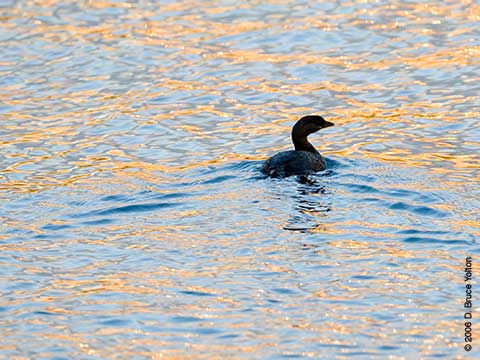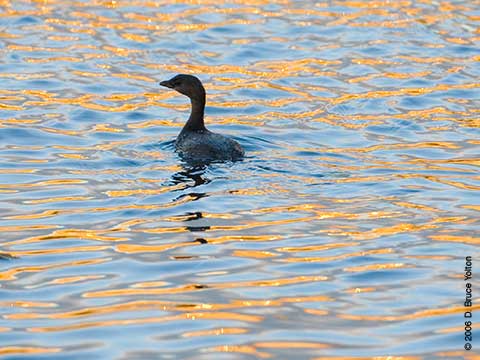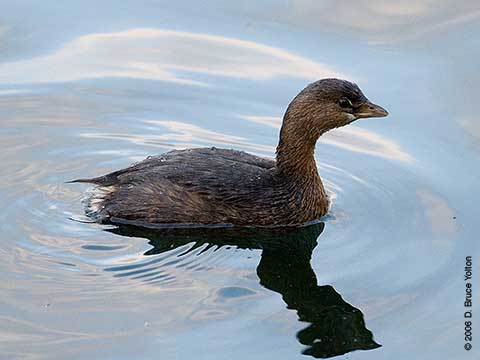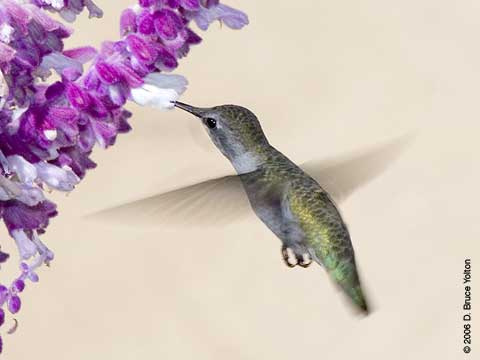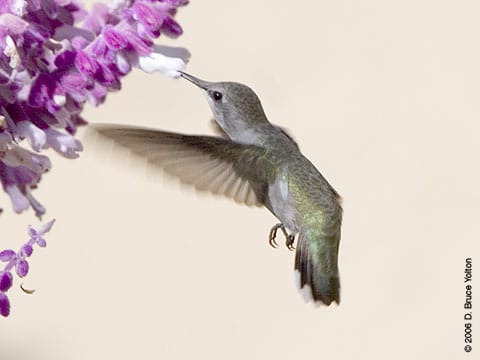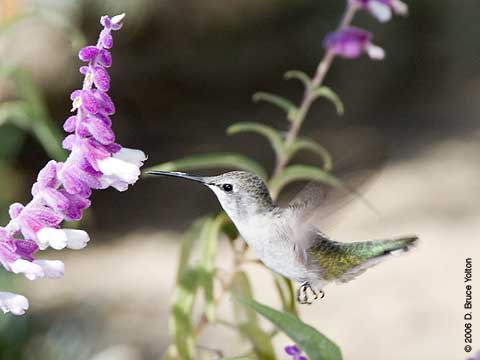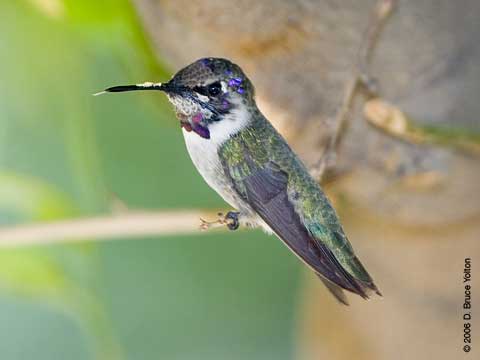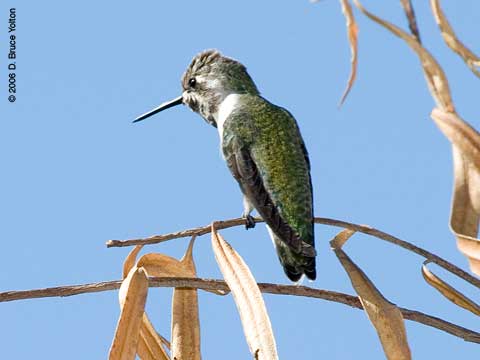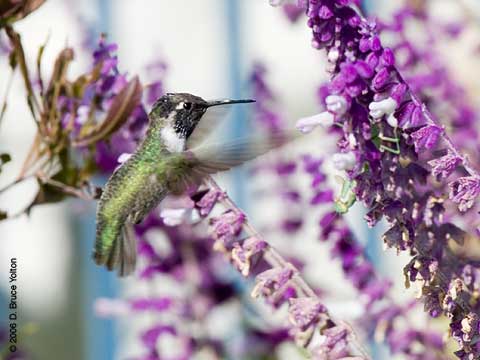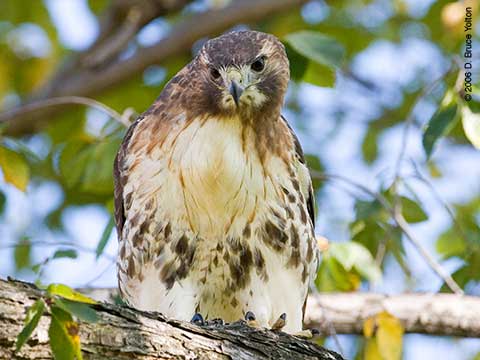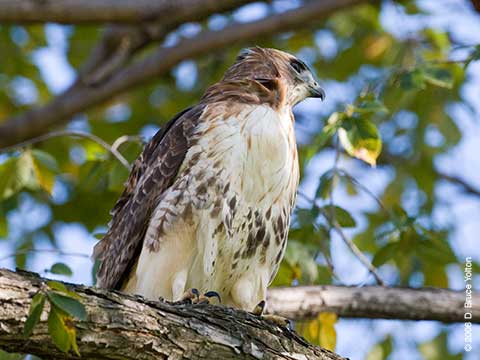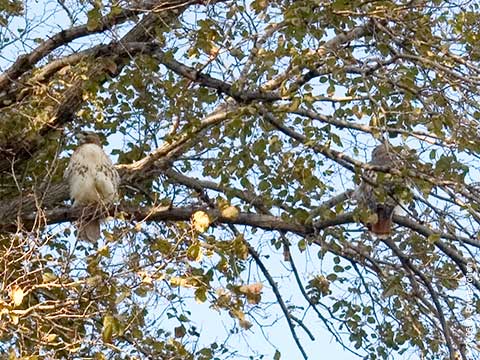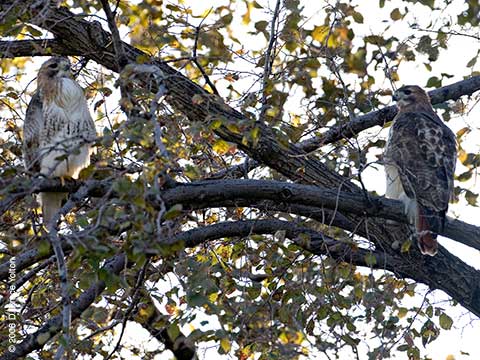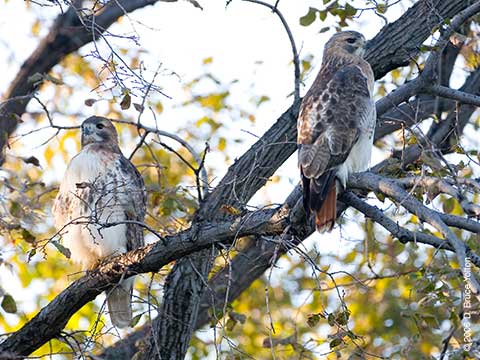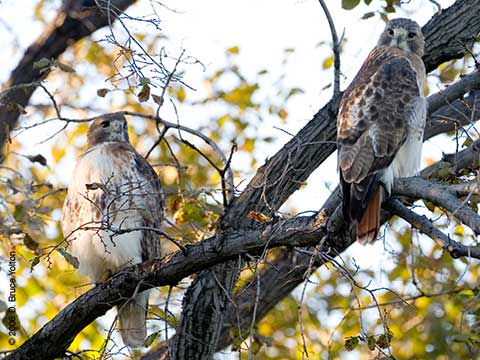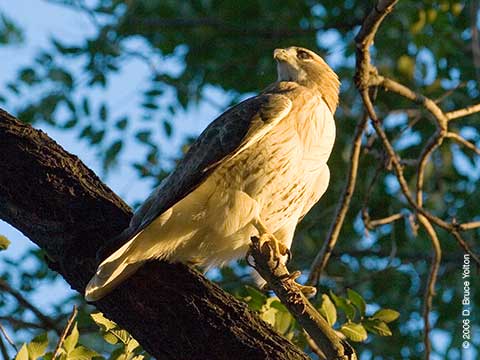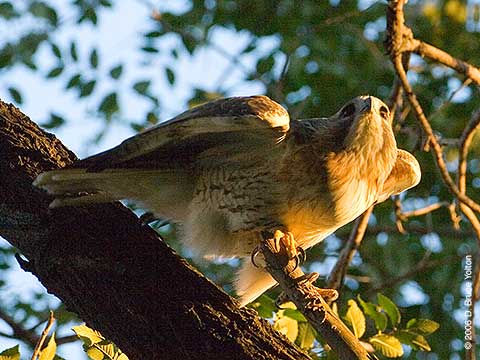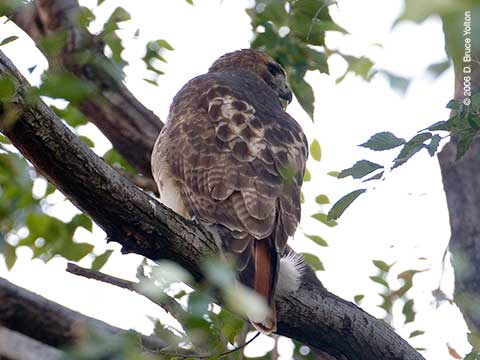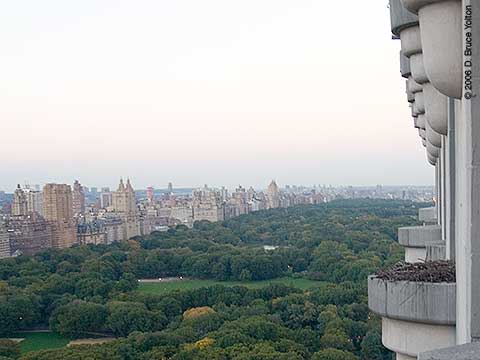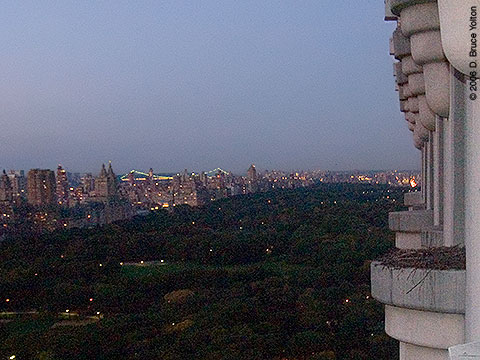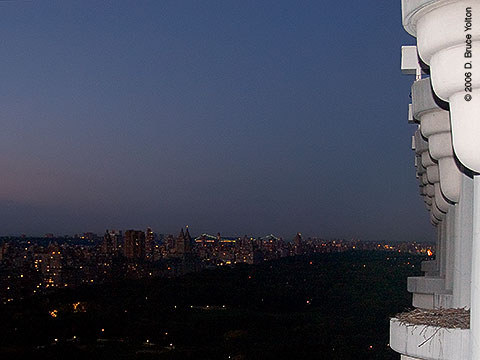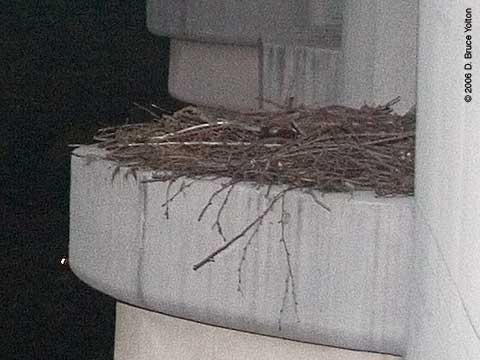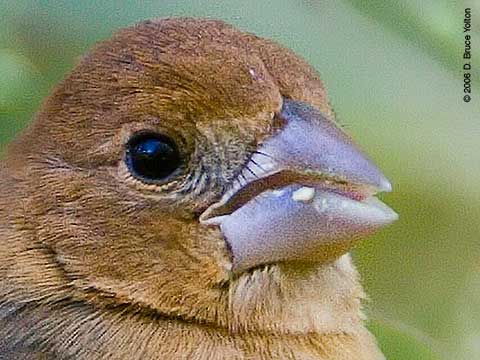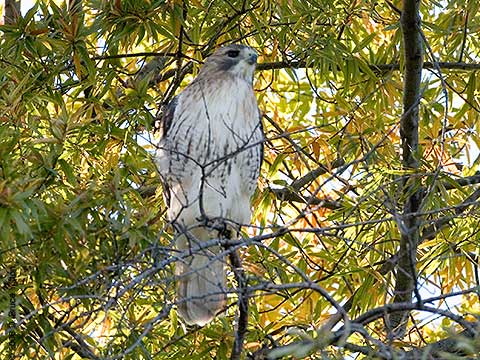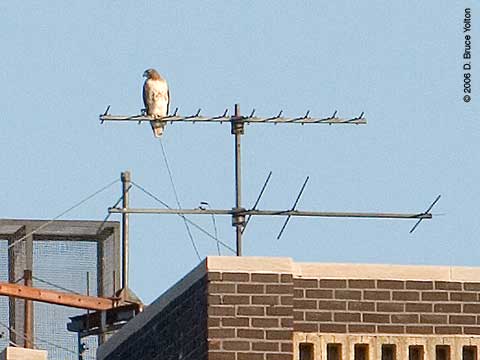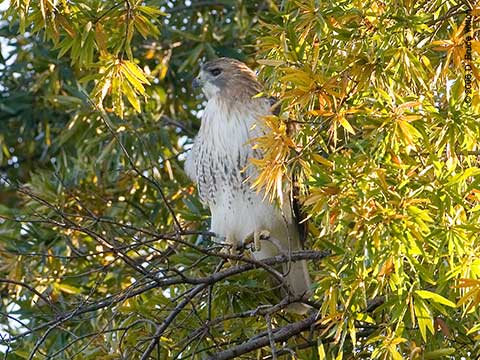Daylight Saving Time
Over the past two weeks, I’ve been unable to make it into the park after work before it gets dark, and certainly won’t be able to now that we’re on standard time. So, I wanted everyone to know that this blog is only going to have weekend updates until late winter.
Other than it getting dark so early, late fall is an interesting time in the park. The fall migration is ending, but there are still plenty of things to discover including interesting waterfowl and raptors.
A pair of swans are on the Lake, lots of uncommon Central Park birds are on the Reservoir including a Pied-billed Grebe, Wood Duck, Ring-necked Duck and Hooded Mergansers. Raptors continue to migrate south over the park with sightings of Osprey, Cooper’s Hawks, Eagles and Turkey Vultures.
The leaves have turned to wonderful colors over the past few weeks. If you have a chance, take a walk in the park before it’s too late.
Below are pictures of a Pied-billed Grebe from Saturday on the Reservoir.
